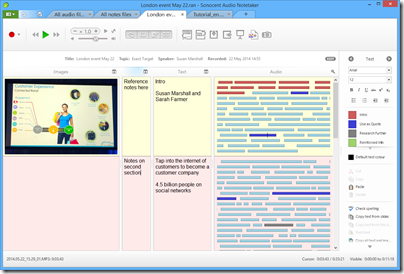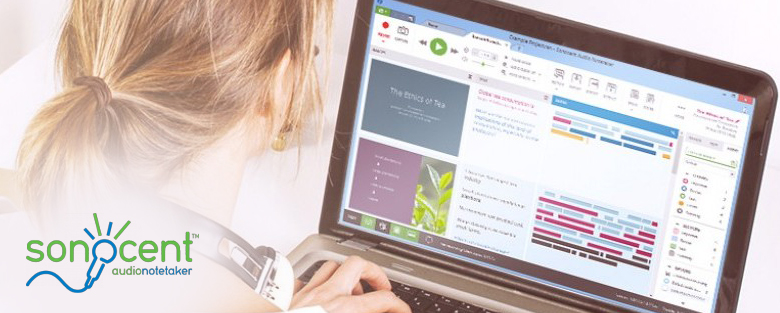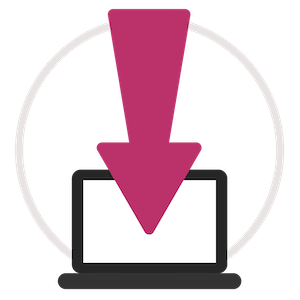

For the benefit of anyone who may be unable to see your screen, verbalize what is seen and the actions you are taking. People who are blind or have low vision may also be unable to see the screen, and cannot read the screen-share contents using assistive technology. Participants who are calling in or have bad Internet connections may be unable to see the screen. Sharing your screen is a good way to display PowerPoints or other media, pull up an editable whiteboard, or walk participants through a process step-by-step.

These reasons can include medical privacy concerns, concerns about the ways in which the use of video may reveal or highlight disabilities, the anxiety or distraction that video can cause, and more. Some attendees may not want to turn on their video in a meeting for a variety of reasons. Let participants know that they have been muted upon entry and state expectations for how and when they should unmute themselves and participate. The “Mute participants on entry” option can also be selected when scheduling the meeting. The host can also use the Mute All tool or the Mute Participants on Entry option to apply muting to multiple participants at once. If participants are not consistently muting themselves, the host can mute individual participants in the Manage Participants panel. Mute participants who are not speaking: Especially in large meetings, all participants should be muted except for the person who is speaking.Reduce background noise: When speaking, ensure you are in a noise-free environment and stay close to the microphone.Sound quality is important for all users and critical for people who are hard of hearing.

There are, however, a few exceptions and best practices to be aware of. Most functions in Zoom are user-friendly and are accessible to people who use assistive technology.
#Sonocent how to#
The list below is a collection of information and tips on how to make Zoom meetings as accessible as possible for all participants, including participants with disabilities. Please contact your Access Consultant if you're interested in using this tool. Students can record pronunciations or objectives from teachers to develop independent learning.

Use the included voice recorder to support learner revisions. The digital highlighter – alongside with the text-to-speech function – supports multi-sensory learning and aid language retention. Textbooks, magazines and document, their content can all be unlocked with the aid of ReaderPen. Use ReaderPen to support independent reading of text with natural voices and to better understand the meaning of words – and learn easier. Everything is built-in and there is no need or requirement for internet connection. ReaderPen also features a voice recorder and supports to store scanned text. Scan text with this state-of-the-art device to have words read out with natural speaking voices and defined with highest tier dictionaries in an instant.
#Sonocent portable#
ReaderPen is a convenient portable tool to support independent reading and literacy.


 0 kommentar(er)
0 kommentar(er)
